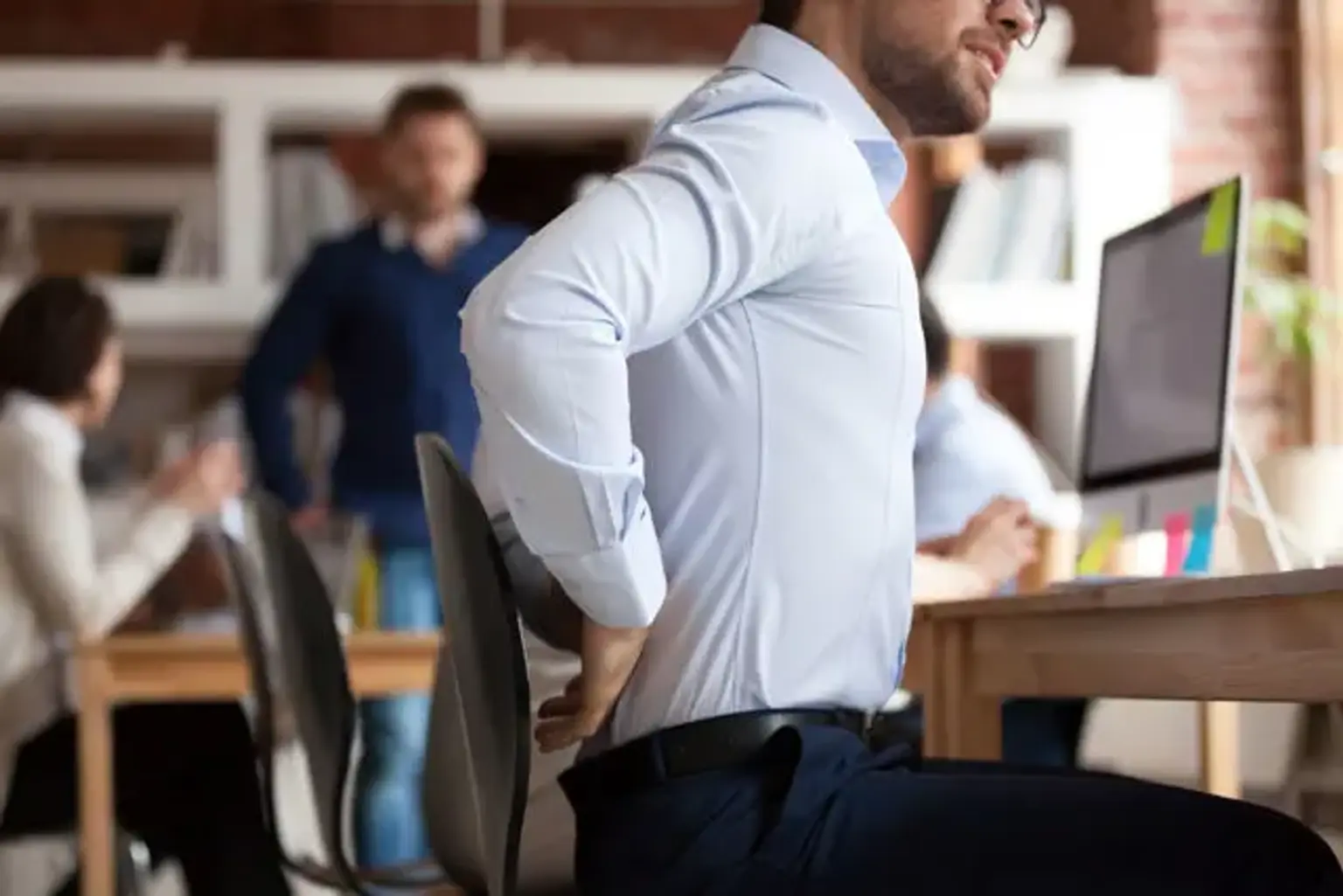Have you been sitting for long hours only to notice a sharp pain in your butt bones? This could be a condition related to your ischial tuberosity. This problem is referred to as seat bones or sit bones since it absorbs all your weight when you sit down.
What is Ischial Bursitis?
The pain in butt bones when you sit too long is caused by inflammation or irritation of the ischial bursa. Ischial bursitis, also known as ischio-gluteal bursitis or "weaver's bottom," is a condition where the fluid-filled sacs in the pelvis become inflamed and swollen, causing the sit bone pain.
This bursa exists biologically to limit the amount of frictional force created between the gluteal muscle and the ischial tuberosity, which may otherwise cause injury or irritation. This bursa inflammation is most usually caused by prolonged pressure on the ischium, as occurs when sitting for long periods of time, or by repetitive movement of the gluteus maximus muscle in sports such as biking.
